Interview with Hemangini Dutt Majumdar, Author of "The Mystery of Many Many Missing Things"
Author Hemangini Dutt Majumdar discusses her book, strong female protagonists, curiosity in children, and literature’s role in shaping gender perceptions.on Mar 30, 2025
.jpg)
Frontlist: The Mystery of the Many, Many Missing Things is centered around a young girl’s curiosity and determination. How important is it to encourage such qualities in children, especially young girls?
Hemangini: That's a really interesting question, because when you foster curiosity and determination, you're raising a generation of resilient problem-solvers. These individuals can analyze situations, collect information, and then drive action to achieve outcomes. It goes without saying that this is important for both boys and girls.
However, since we're discussing young girls, it's essential to keep in mind that they're inheriting a world where women have faced unequal opportunities and support for far too long. Consequently, these girls may feel that they must be extremely focused and driven to prove themselves in order to succeed. This determination is valuable. But it also creates a burden to live up to the opportunities they've been given – opportunities that previous generations may not have had.
As a result, I sense that girls even at a young age may allow themselves less time and space to pause, be curious, make mistakes which are all essential for innovation and originality. While there are other factors at play as well, women are still very underrepresented in a variety of fields that rely on innovation and original research or thought. I believe it's essential to make curiosity and confident risk-taking an integral part of the female mindset, starting from childhood.
Frontlist: The story highlights a collaborative relationship between siblings. How did you develop this dynamic, and do you believe stories like this can help nurture stronger family bonds?
Hemangini: I personally think siblings form interesting teams, just because of their shared context, history, and unconditional support for one another. When I was very young, my father told us many bedtime stories featuring my brother and me as key protagonists, going on adventures, meeting occasional monsters, but always befriending them in the end. The characters in "The Mystery of the Many, Many Missing Things" are inspired by my own children and their dynamic. I also have a canine sibling in the story, inspired by my own childhood pet, a cocker spaniel who enjoyed the finer things in life and hated exercise.
That said, I'd also like to acknowledge that families come in many different shapes and sizes. Some of us grow up with siblings, while others find kindred souls along the way, often in schools, playgrounds, and other community-fostering environments. The spirit of collaboration that fuels adventures and quests carries over to these situations as well.
Frontlist: The book encourages children to observe, ask questions, and think creatively. How do you think literature can inspire young adults, especially girls to develop critical thinking and leadership skills?
Hemangini: Over the last several months, I've had the opportunity to interact with young children at various literature festivals and schools, discussing my picture book with them. I've been hugely impressed by their ability to reason critically using clues built into the story and suspects. The children have suggested numerous hilarious, imaginative, and plausible explanations for the missing things in the story, each supported by solid, step-by-step logic that connects to the provided clues and relies on common sense. Critical thinking is actually the most natural ability, even among the youngest readers. What literature can do is act as a catalyst, allowing them to practice and demonstrate these abilities. This is particularly relevant in the mystery genre. While a natural ability for critical thinking and leadership applies to girls as well, I believe one must nudge them towards interesting female characters in literature who demonstrate these abilities.
These role models need not be fictional. There are many real female heroes who can inspire, as seen in books like "Goodnight Stories for Rebel Girls" or "Hidden Figures." These books, among many others, highlight women who are critical thinkers and have made significant contributions, both behind the scenes and in leadership roles, from various walks of life (such as Hypatia, Ruth Bader Ginsburg, or the Rani of Jhansi). Their lives are explored engagingly through storytelling and anecdotes that humanize them beyond mere historical or factual accounts.
Frontlist: Your book subtly breaks stereotypes by showcasing a young girl as the lead detective. Do you think there’s still a gap in children’s literature when it comes to strong female protagonists?
Hemangini: It is true that I have female protagonists in my writing for both children and adults (I have a gothic murder mystery set in Kolkata and Chandannagar called "The Scratch and Sniff Chronicles" which will be released later this year). While there were characters like Miss Marple and Nancy Drew, several books I read growing up did not always have relatable female protagonists. It would have been nice to have some characters I could relate to personally, but if I'm being honest, I didn't mind this too much. I think I have always particularly enjoyed getting into the minds of people whose lives had little in common with my own.
It is for this very reason that I think children's literature could benefit from more representation, not just based on gender, but also on other kinds of diversity, such as cultural or religious backgrounds, or visible and invisible disabilities (for example, kids living and thriving with mental health issues or those who are neuro divergent). Boys should read books written from female perspectives and addressing female issues just as much as girls do. This is the foundation for an empathetic world where people can form connections with those who differ from them.
Frontlist: You have a background in humor, mystery, and suspense. What drew you to these genres, and how did you incorporate them into this children’s book?
Hemangini: Humour and mystery are perfectly paired, in my view. Agatha Christie, hailed as the queen of suspense, is also a brilliant humorist, although this aspect of her writing is sometimes overlooked because the best humour is subtle and understated. I have long been an obsessed fan of all things murder, golden age crime fiction, and especially humour-infused mysteries.
In this book, the little girl starts off in the traditional vein, wearing her Sherlock hat and holding a magnifying glass, examining the list of missing things and identifying suspects. To our amusement, she turns to her younger brother and the family pet as the first potential culprits. Children respond well to this conversation about mischievous younger siblings or cousins, or siblings of friends. The family dog, who enjoys pet spas and detective TV shows, also gets a lot of chuckles. Later, when the exhausted mother enters the picture, there are funny moments, including when she steps on a piece of Lego and hops around. If you've ever experienced this, you know exactly what I'm talking about. She also picks up a toy phone instead of her own.
In terms of suspense, the reveal in the story always takes kids by surprise, especially the reason why the culprit is taking the things. The story has a heartwarming resolution as the children realize that their caregivers require care and concern too, and that they have the power to provide it.
Frontlist: You have an interesting multilingual background! Have your experiences with different cultures and languages influenced your storytelling in any way?
Hemangini: I have always been fascinated by languages. Aside from providing a window into the cultures they belong to (with some languages linking one to multiple countries and traditions), the puzzle-solving involved in learning a new language - understanding context, piecing together sentences - has always thrilled me. Unfortunately, one's skills get rusty when they aren't practiced often. Travel is another experience that expands one's mind. While the dream may be to travel to far-off lands, I'm a big fan of armchair travel through books by talented authors from around the world, beautifully crafted videos, or travel shows focusing on food and culture (I was a big Anthony Bourdain fan growing up). Even being a tourist in one's own city is accessible to most families, and these experiences help young minds grow curious about culture and other worlds.
A love for different cultures and travel certainly informs my writing. Where possible, I try to introduce this into my work to share the sense of wonder I felt when reading about different cultures growing up. In this particular book, for example, many items that go missing or are referenced in the text and illustrations are meant to spark curiosity about other cultures. These items, such as a samurai model with a sword, a Buddha statue from Thailand, or Portuguese-style tiles, were inspired by items in my living room collected during my travels.
Frontlist: If you could give one piece of advice to young girls who dream of becoming storytellers or detectives like your protagonist, what would it be?
Hemangini: For young storyteller aspirants:
When I was growing up, my mother gave me a diary at the start of each year, promising that no one would read it without my permission. She encouraged me to fill all the pages by the end of the year, without feeling obligated to write daily. This activity was incredibly special. Keeping a journal helps you write honestly and uninhibitedly, and your everyday observations may inspire you to develop your masterpiece later. That said, you don't have to restrict your writing to a limited audience, even as a young writer. When I was 9, I wrote a piece for a children's supplement to The Statesman newspaper in Kolkata called Voices, which was an exciting experience for me. Today, young children are writing full-fledged books that receive great acclaim.
For young detective aspirants:
While stories and shows often glamorize the detective profession, making it seem like mysteries are solved quickly, the reality is that being a detective requires hard work, preparation, and years of training. To develop a detective's mindset, learn to question what appears on the surface, stay well-informed about the world, and become a well-rounded person. Additionally, you should prioritize physical fitness and activit
Frontlist: Since this interview is for International Women’s Day, how do you see children’s literature playing a role in shaping gender perceptions?
Hemangini: Storytelling is an immensely powerful tool. Children's literature holds significant power in shaping gender perceptions positively, both overtly through actual female leads and subtly in other ways. One must of course first question and beware of certain stereotypes. For instance, who is typically depicted as the breadwinner? Is it always a father figure? Decision-making authority is frequently placed with male characters, while women and children await permission. Even in households where both partners work, the burden of domestic chores is often seen as a woman's responsibility, reinforcing stereotypes that can creep into literature.
Regarding desirable qualities, one must guard against depicting ambitious women as evil, recalling the witches or queens of older tales. Male characters with similar traits are easily celebrated as leaders. Female characters who are admired solely for beauty, innocence, and submissive qualities, such as self-sacrifice, duty, and obedience, are completely outdated. These stereotypes are already changing, but one must guard against them cropping up in more modern forms.
Furthermore, certain life events for girls, such as experiencing one's first period, are rarely normalized in popular literature. It is essential for girls to find stories that accurately represent their own life events. This is also crucial for young boys, as similar experiences may be happening to their siblings or friends.
However, I am heartened to see a positive trend in emerging children's literature and how gender issues and roles are conveyed, and I am very appreciative of these efforts both as a member of the writing community and as a parent.

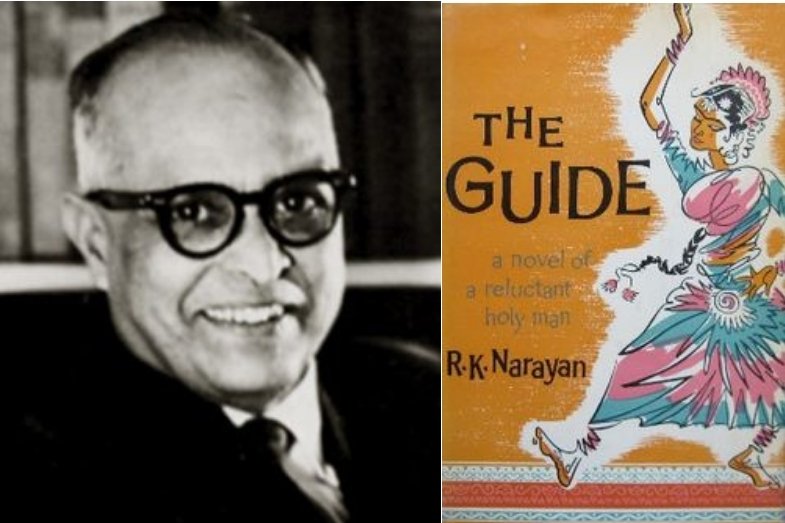

.jpg)


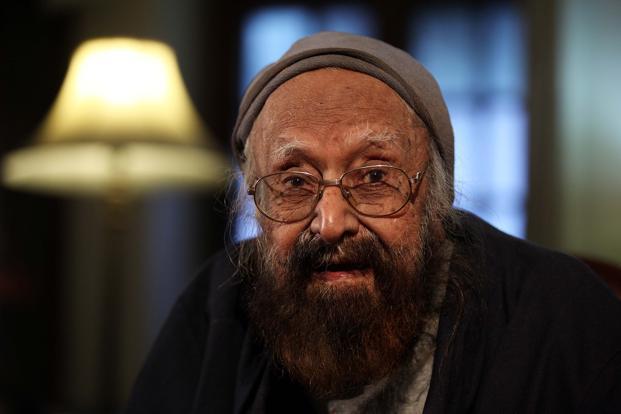

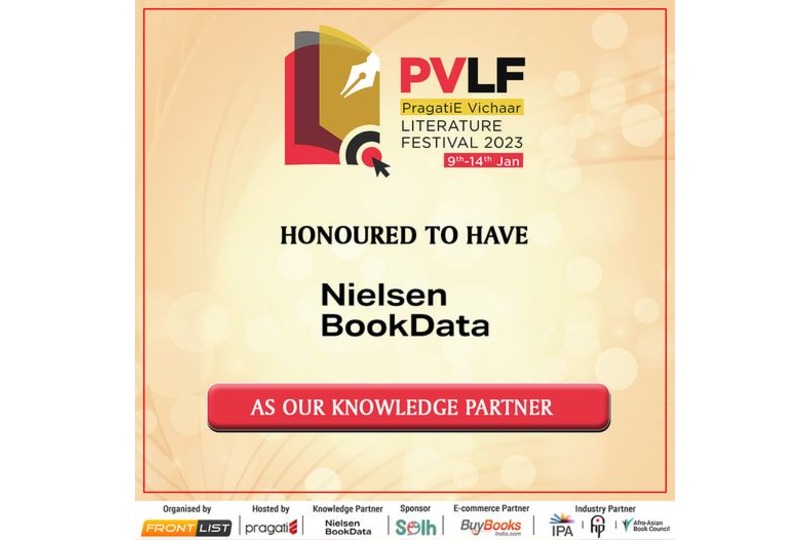
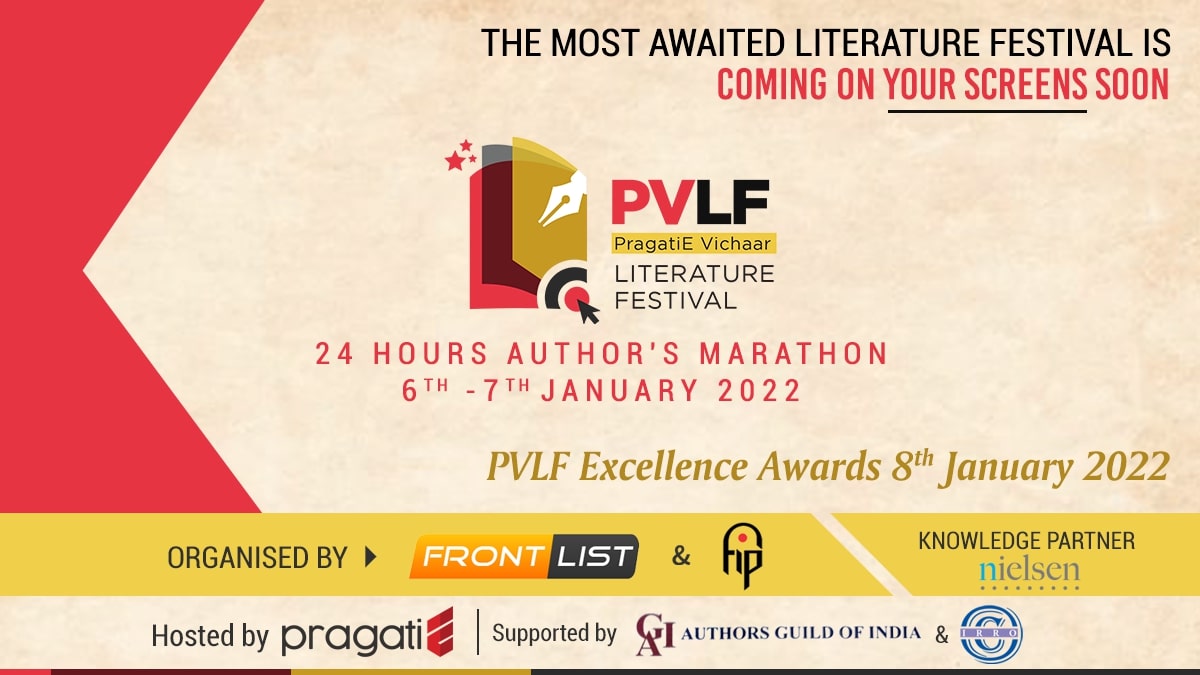
.jpg)

.jpg)
.jpg)
.jpg)
.jpg)
.jpg)

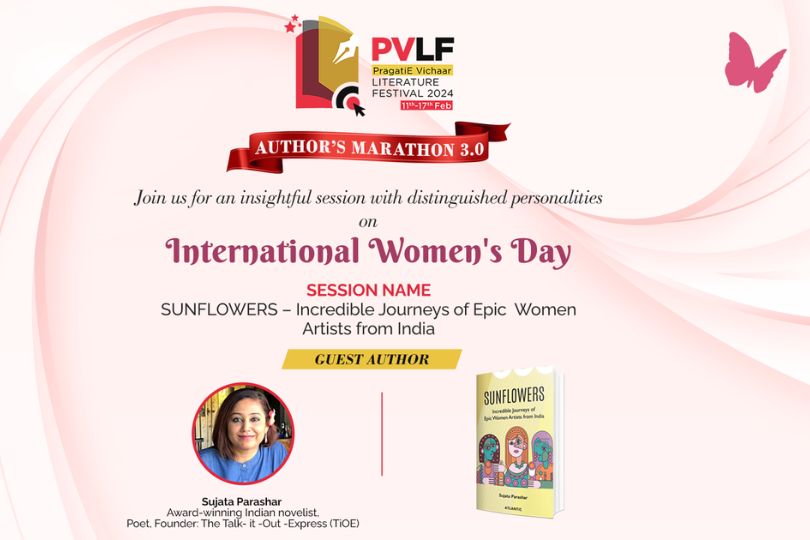


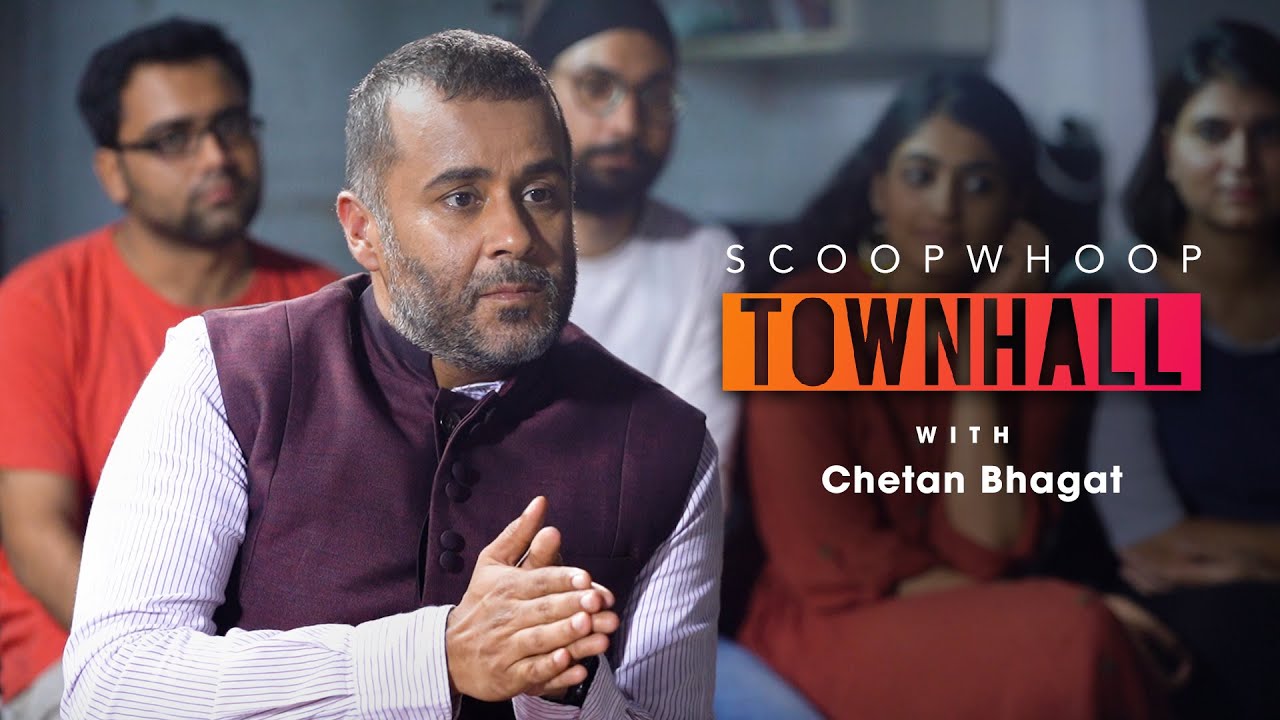

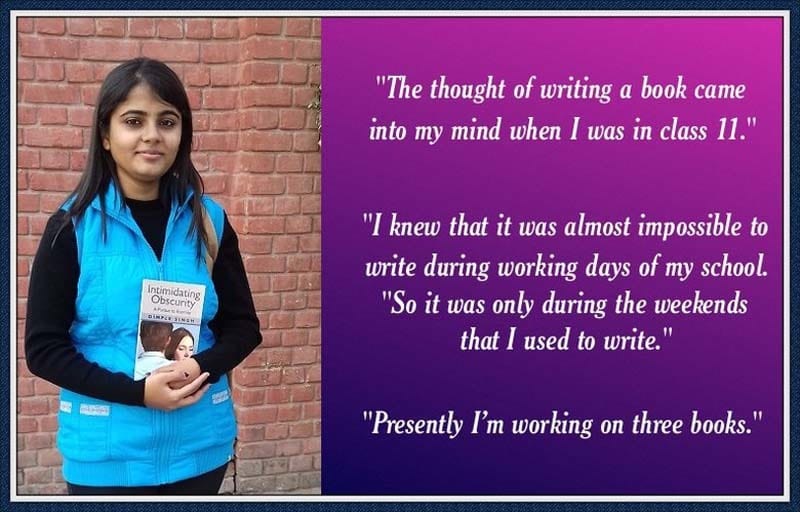
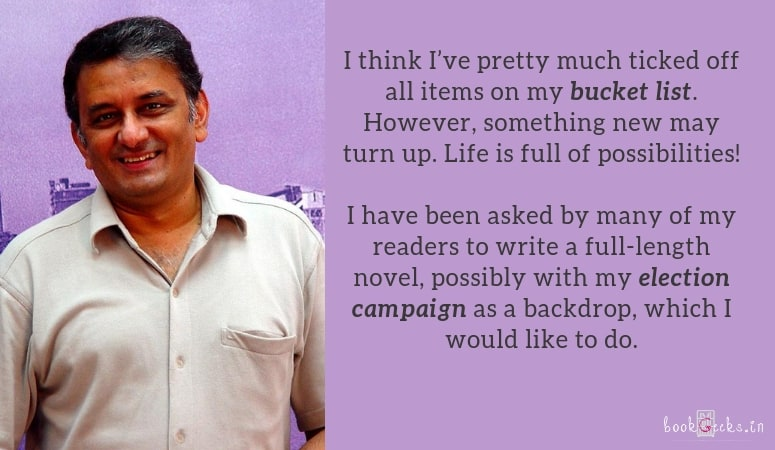

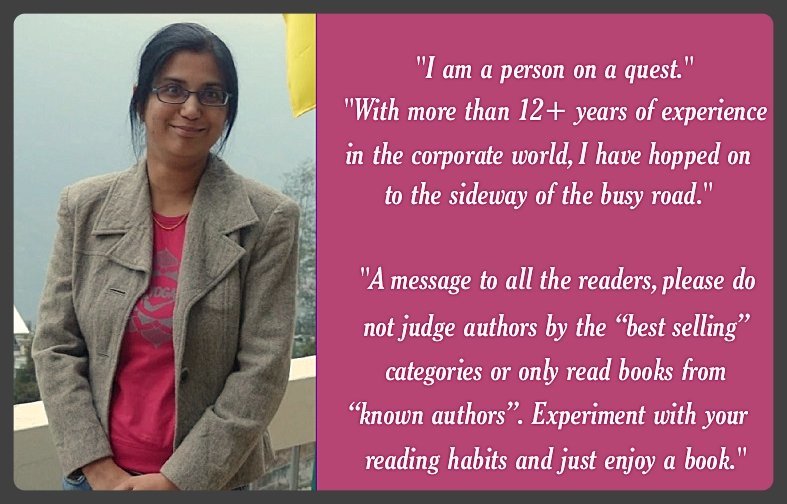
Sorry! No comment found for this post.